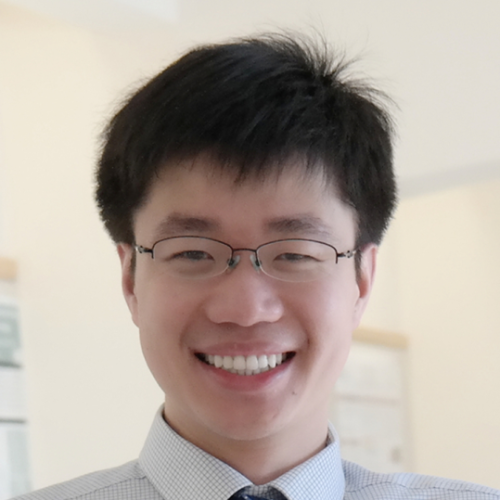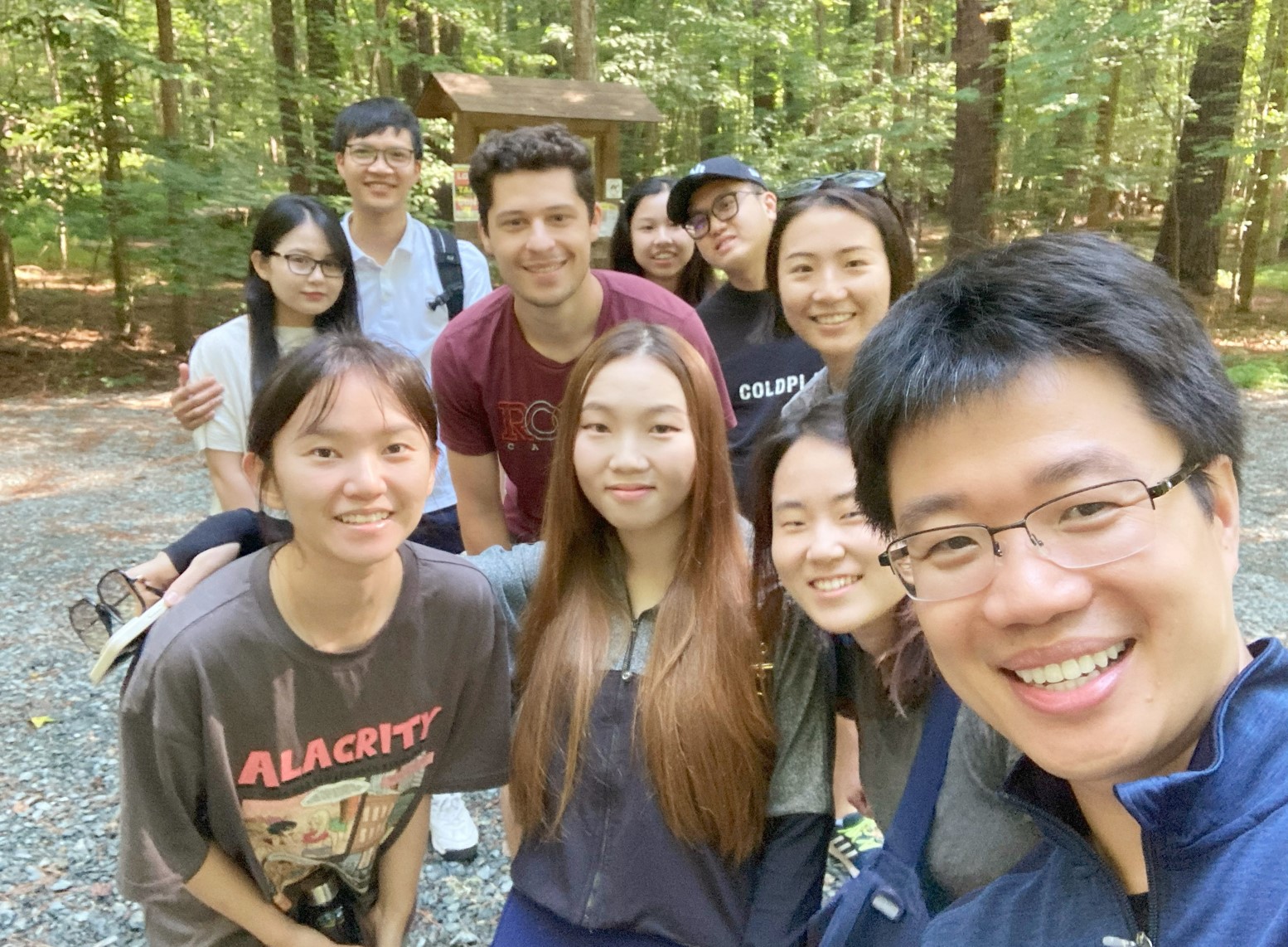
Junjie Yao, PhD, grew up dreaming about the potential health applications of combining engineering and biology. Yao pursued this passion through his graduate studies and then joined the biomedical engineering program at Duke, where he studied an emerging imaging technology known as photoacoustic tomography (PAT).
For this week’s Faculty Spotlight interview, Yao talks to us about PAT technologies and how he hopes to use them to improve our ability to monitor, treat, and understand stroke. He also shares the joys and challenges of developing technologies that are both functional and applicable to real-world situations. Finally Yao talks about enjoying classics of literature, traveling, and hiking when he’s not at Duke.
What are your current responsibilities within the Departments of Biomedical Engineering and Neurology? What does a typical day look like for you?
Within the Departments of Biomedical Engineering and Neurology, I lead research efforts focused on pioneering advancements in photoacoustic tomography (PAT) technologies. My day typically involves overseeing various research projects, collaborating with colleagues from diverse disciplines, mentoring students and postdocs, staying updated with the latest technological advancements in the field, and exploring innovative applications of our technologies in life sciences and medical research. In addition to my lab work, I enjoy teaching my very talented Duke students in class.
How and when did you first get interested in biomedical engineering?
I have been fascinated by the intersection of engineering and biology since I was a kid. During my time at college, the allure of developing technologies that could directly impact patient care and enhance our understanding of complex biological systems drew me towards biomedical engineering. The promise of creating solutions for pressing medical challenges cemented my passion for this interdisciplinary field.
What do you see as the most interesting ways in which the fields of biomedical engineering and neurology complement each other?
Biomedical engineering provides the tools and techniques to probe, understand, and manipulate the intricate systems within neurology. From advanced imaging modalities like PAT to the development of innovative imaging probes and sensors, biomedical engineering enables us to visualize and quantify neurological processes at unprecedented resolutions and depths. Conversely, challenges posed by neurology drive engineers to innovate and push technological boundaries.
What are photoacoustic tomography (PAT) technologies? When were they first developed?
Photoacoustic tomography is an imaging technology using light to generate ultrasound waves inside the tissues. By listening to the returning ultrasound waves, we can map the tissue’s functional and molecular information, such as the neural activities, angiogenesis, hypoxia, and oxygen metabolism. It is an elegant combination of optical imaging and ultrasound imaging.
Photoacoustic imaging was first invented around the 70s to 80s, and then started to take off in the early 2000s. The photoacoustic imaging field is growing rapidly with more and more exciting technologies and potential applications, particularly for cancer screening and functional brain imaging.
What are some of the ways that the PAT technologies you’re developing can help us better understand or treat stroke?
Our advancements in PAT allow for deeper and more contrast-rich visualization of biological functions, which is crucial for understanding neurological conditions like stroke. For instance, our research has highlighted the effects of certain drugs, like epinephrine, on brain microcirculations, which has implications for treating conditions like cardiac arrest that can lead to stroke. By providing real-time, high-resolution imaging of deep-tissue functional and molecular activities, PAT can aid in early detection, monitoring, and therapeutic interventions for various neurological disorders.
What do you enjoy most about your work?
What excites me the most is the translational potential of our research. Collaborating with our neurology colleagues such as Dr. Wayne Feng, I think it is incredibly rewarding to see our technological advancements move from the lab to real-world clinical applications, especially in understanding and addressing complex neurological conditions.
What’s the hardest part of your job?
The most challenging aspect is ensuring that our technological innovations are not just academically novel but also practically and clinically impactful. It requires a delicate balance of pushing the boundaries of what's technically possible while ensuring relevance and applicability to the pressing needs of the medical community.
What other passions or hobbies do you have outside of the Department?
Outside of work, I'm an avid reader, especially of classics. I also enjoy hiking, exploring history, and traveling to experience different cultures and landscapes.
